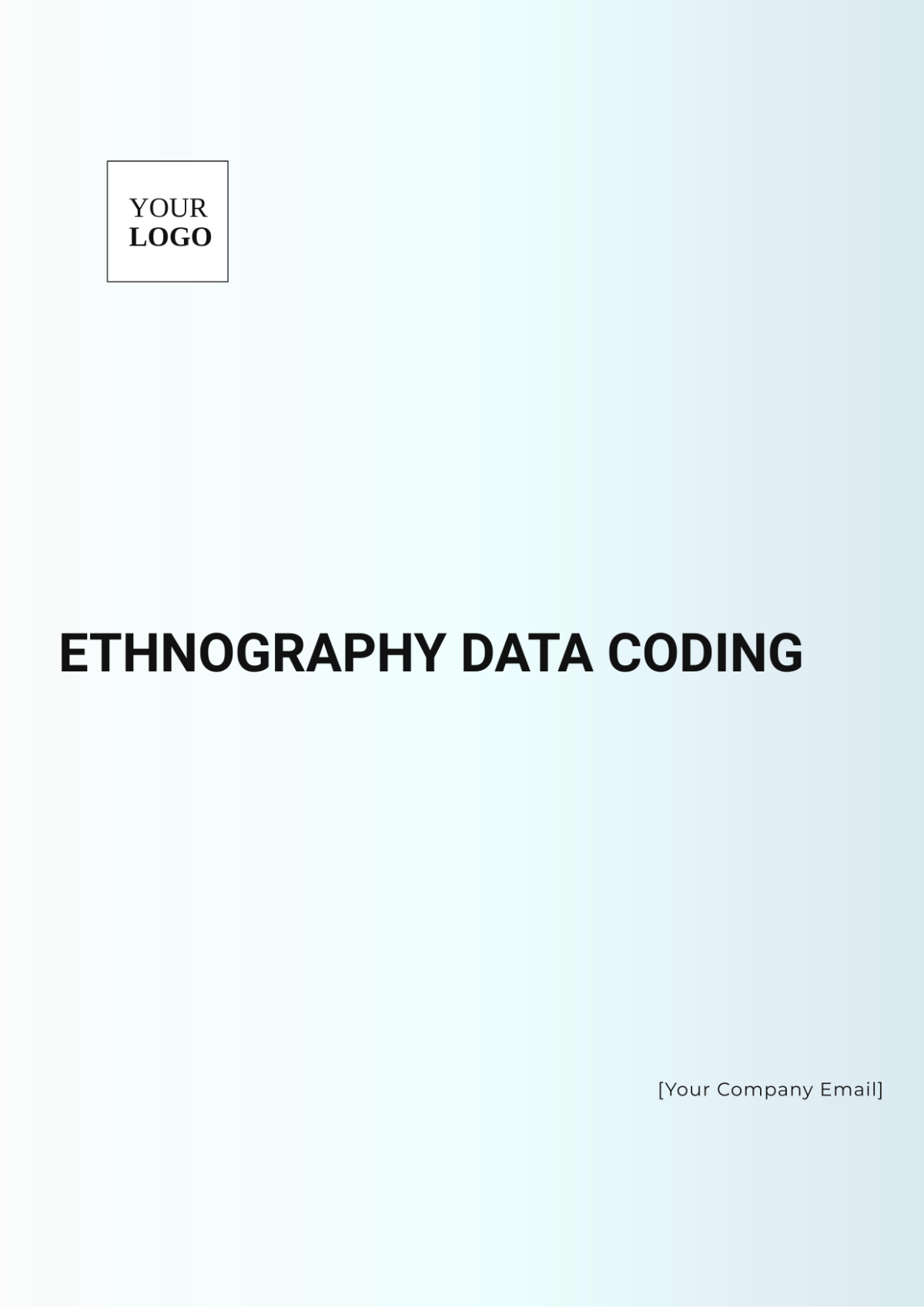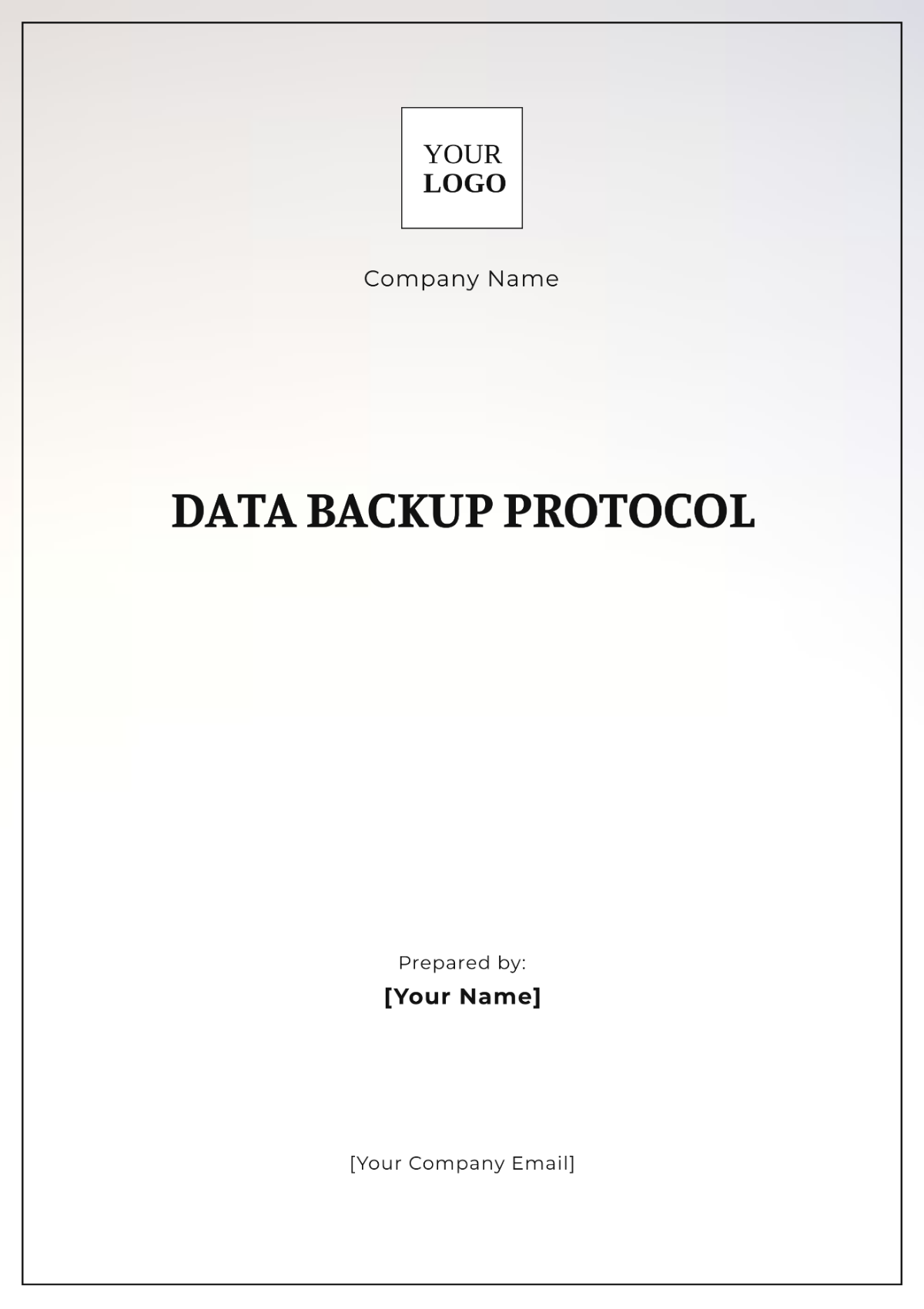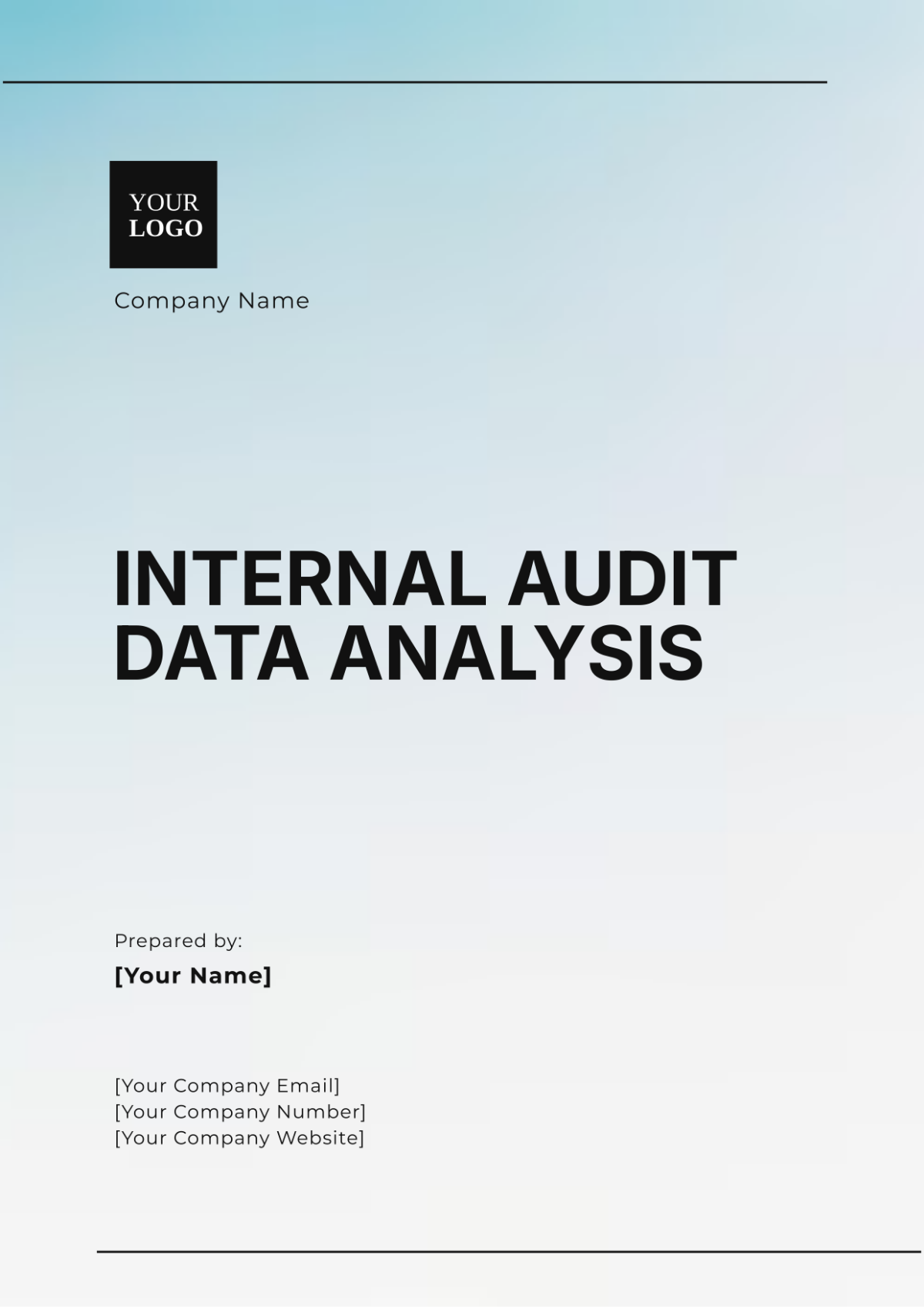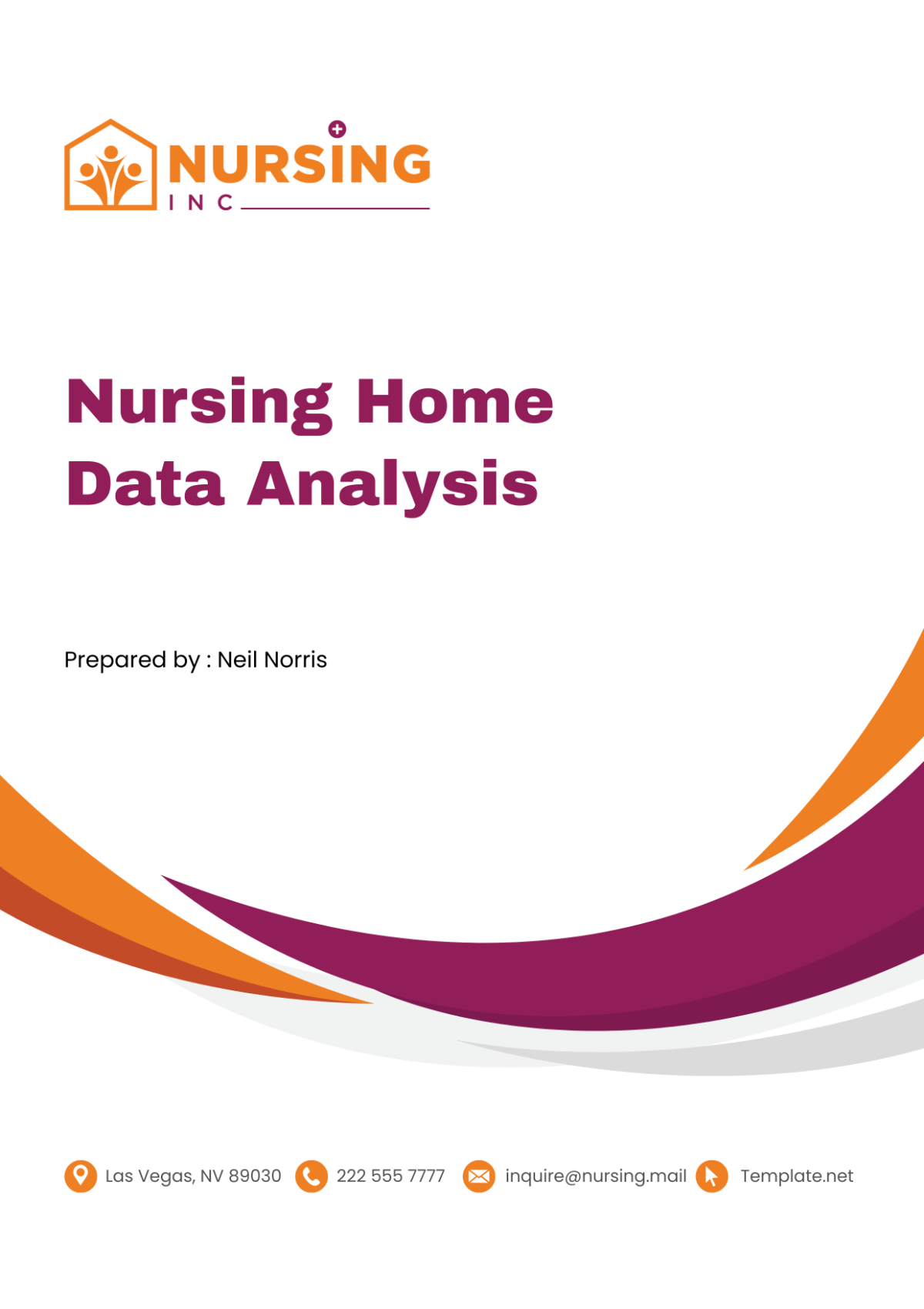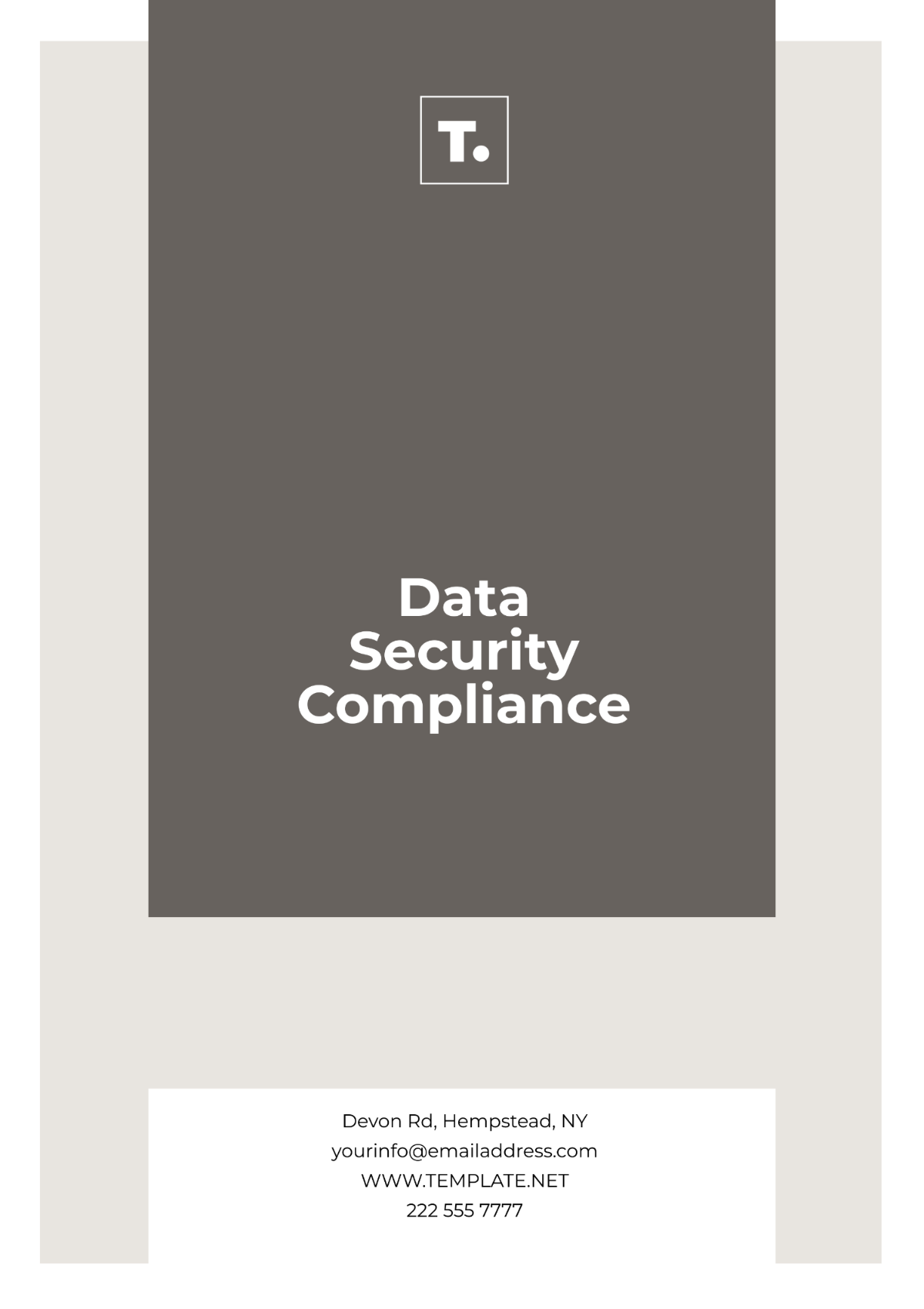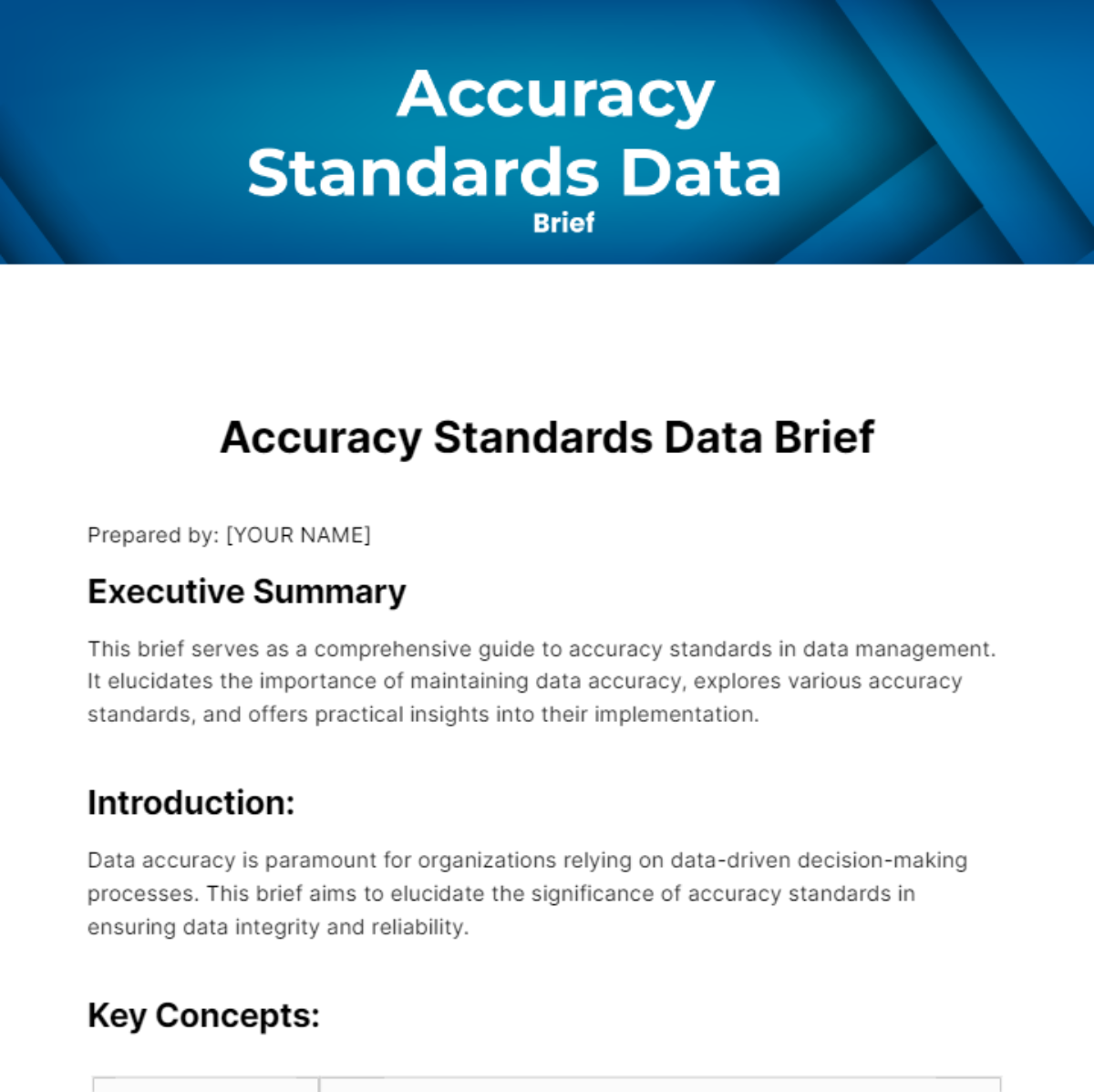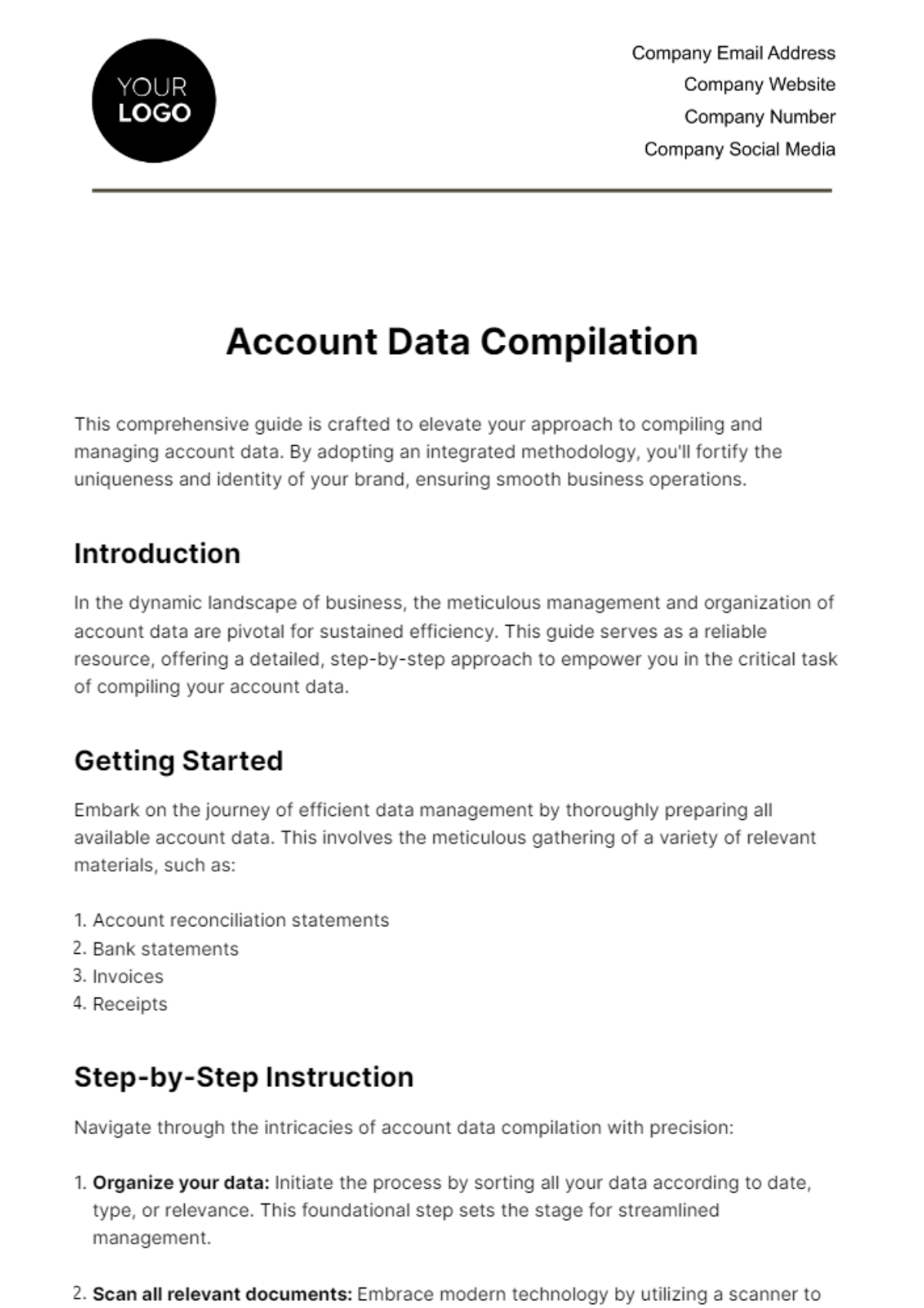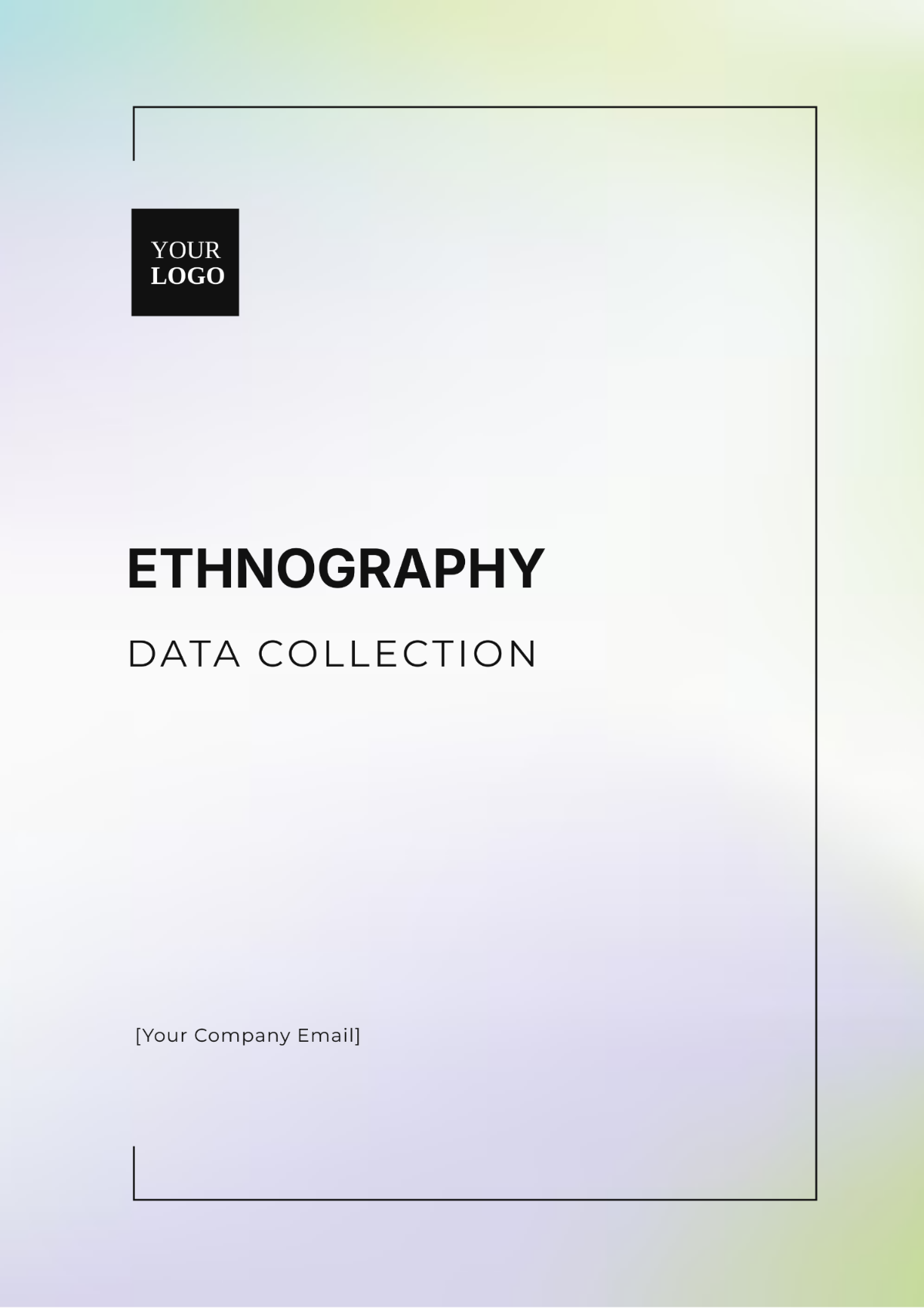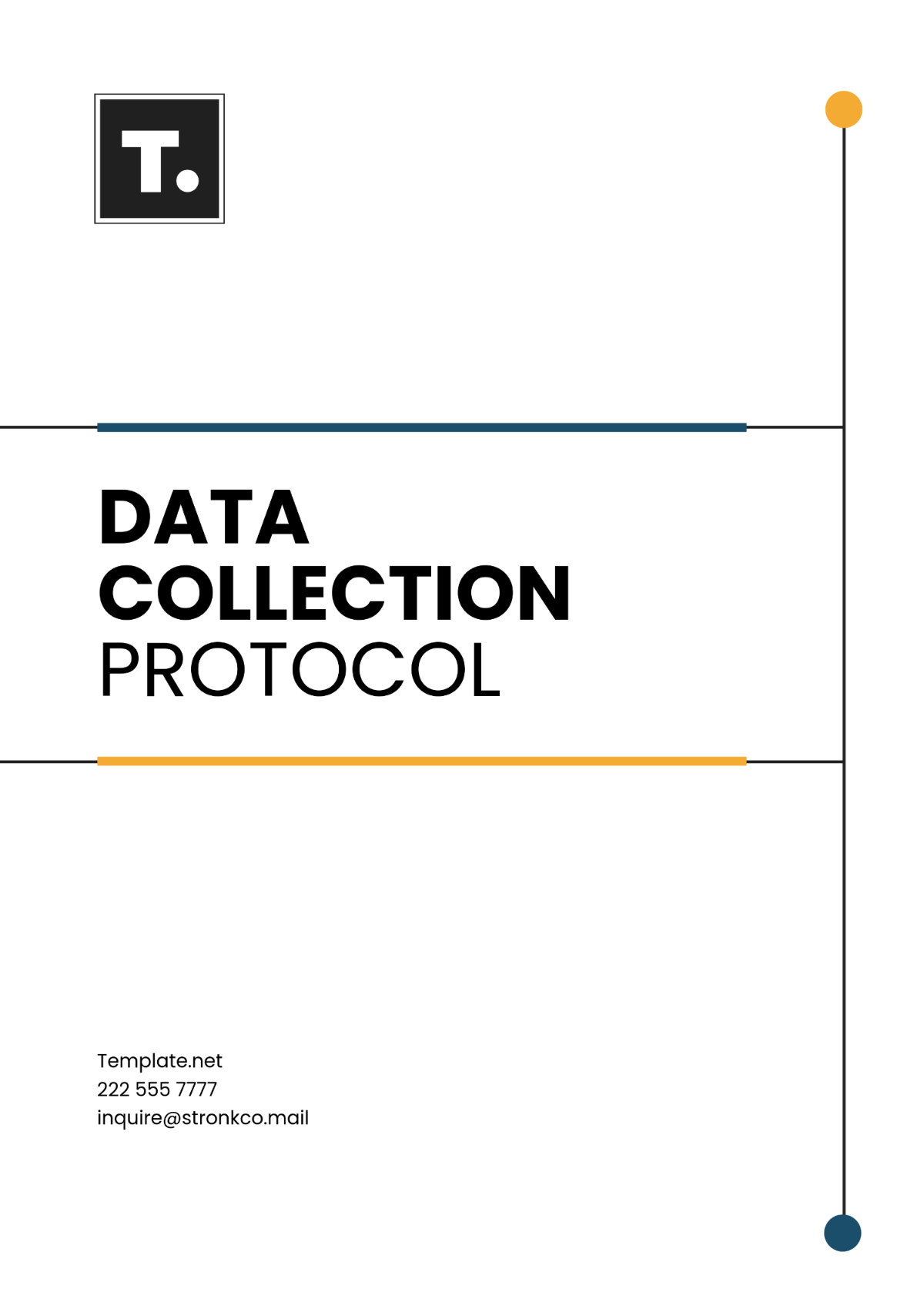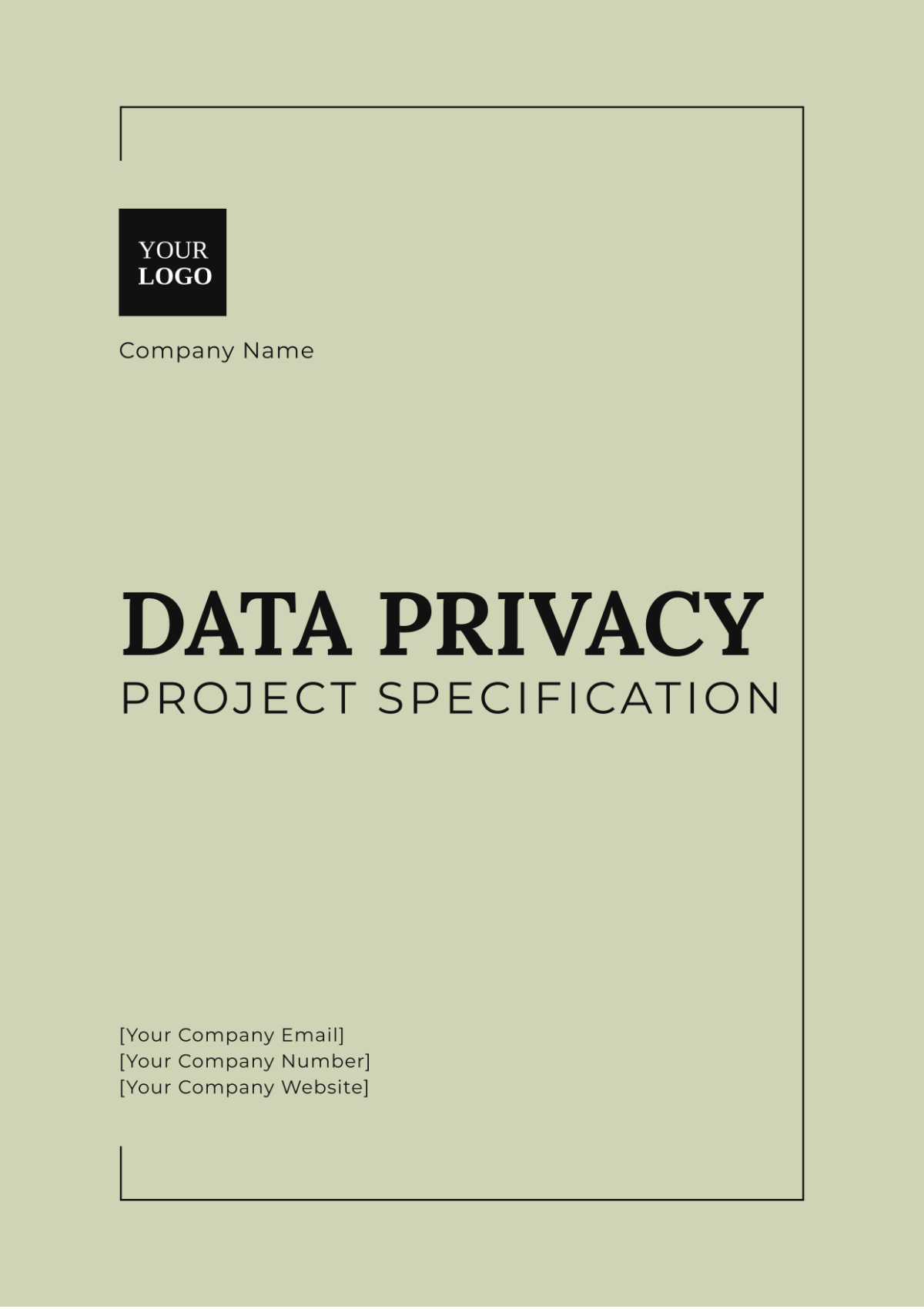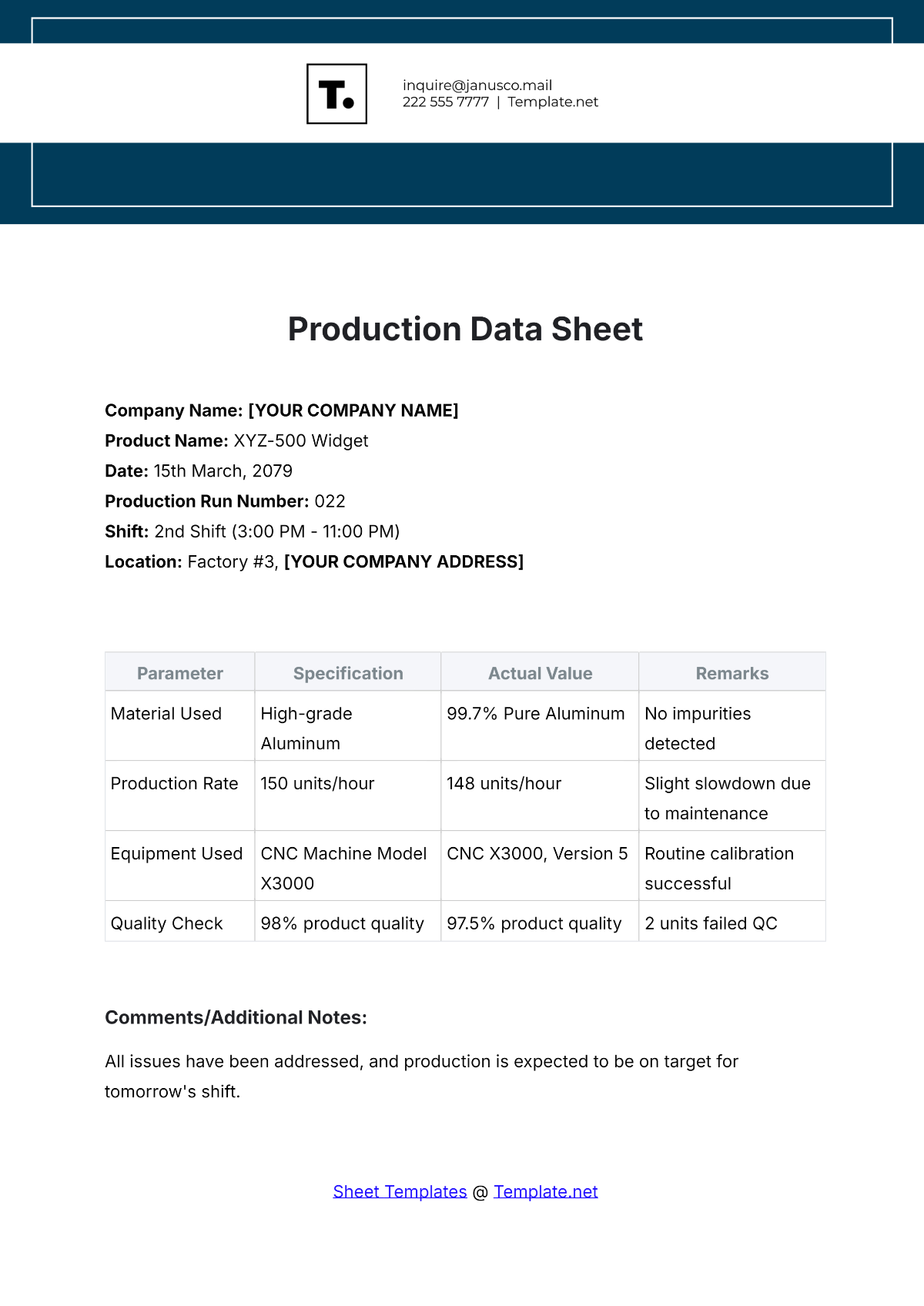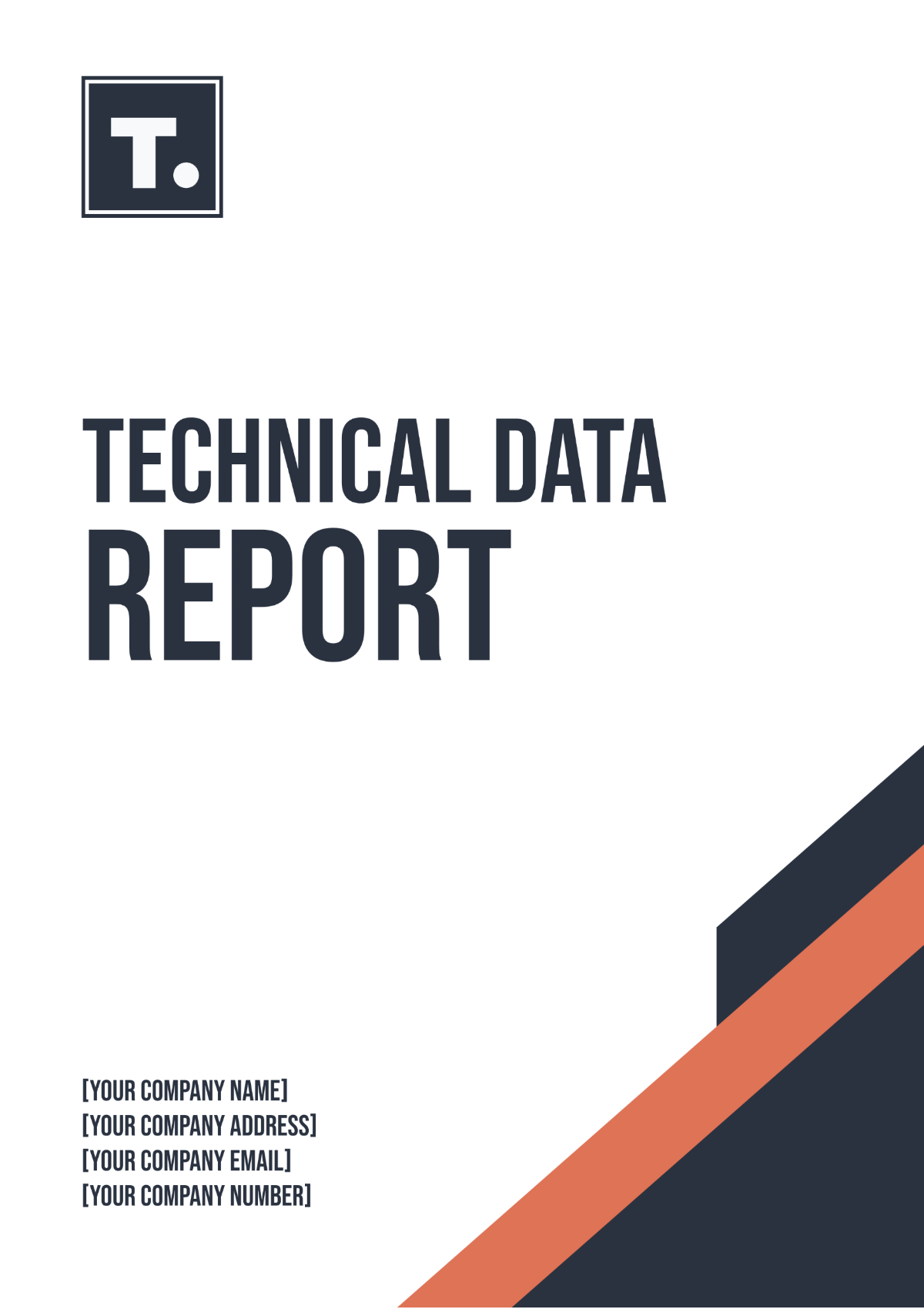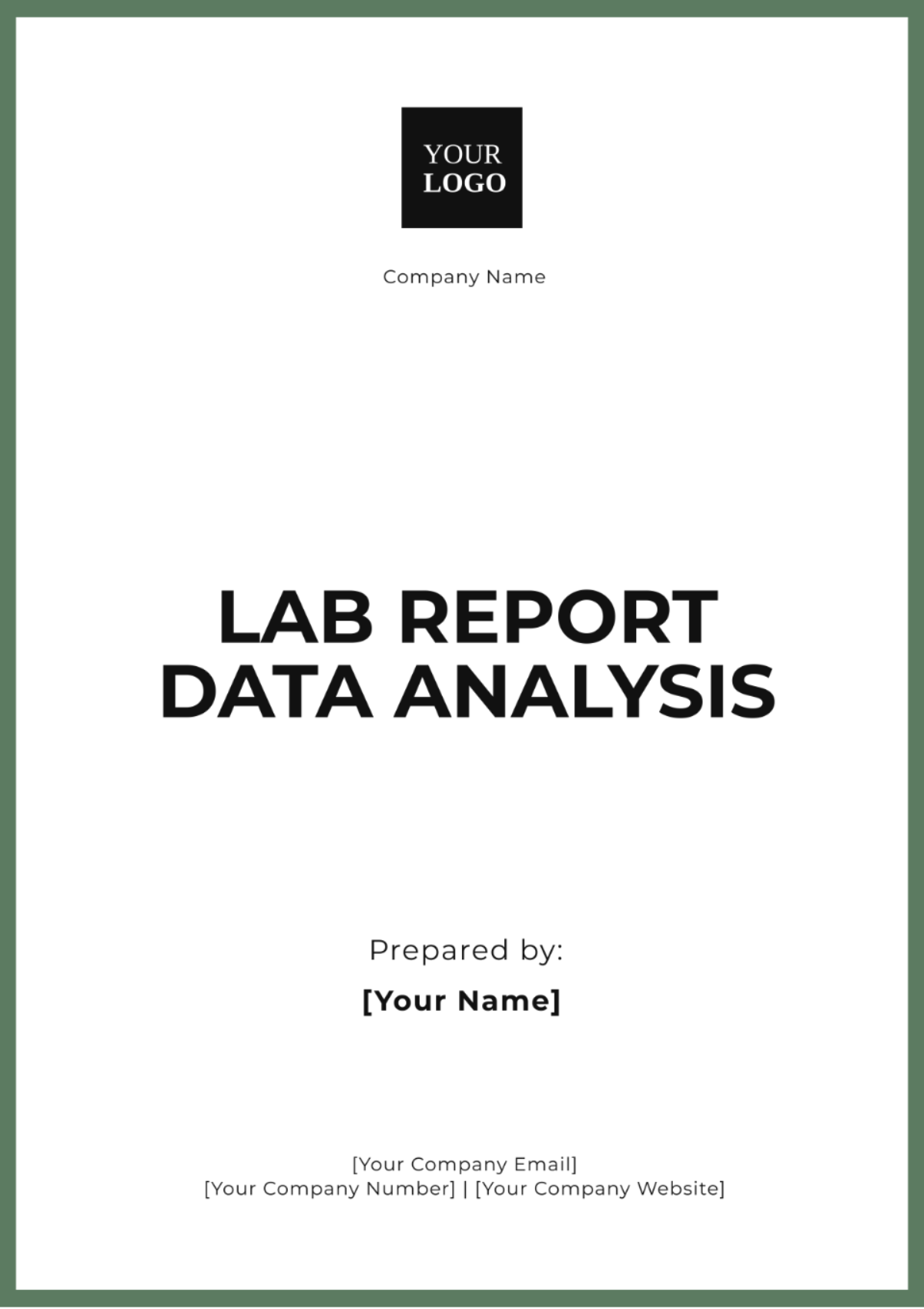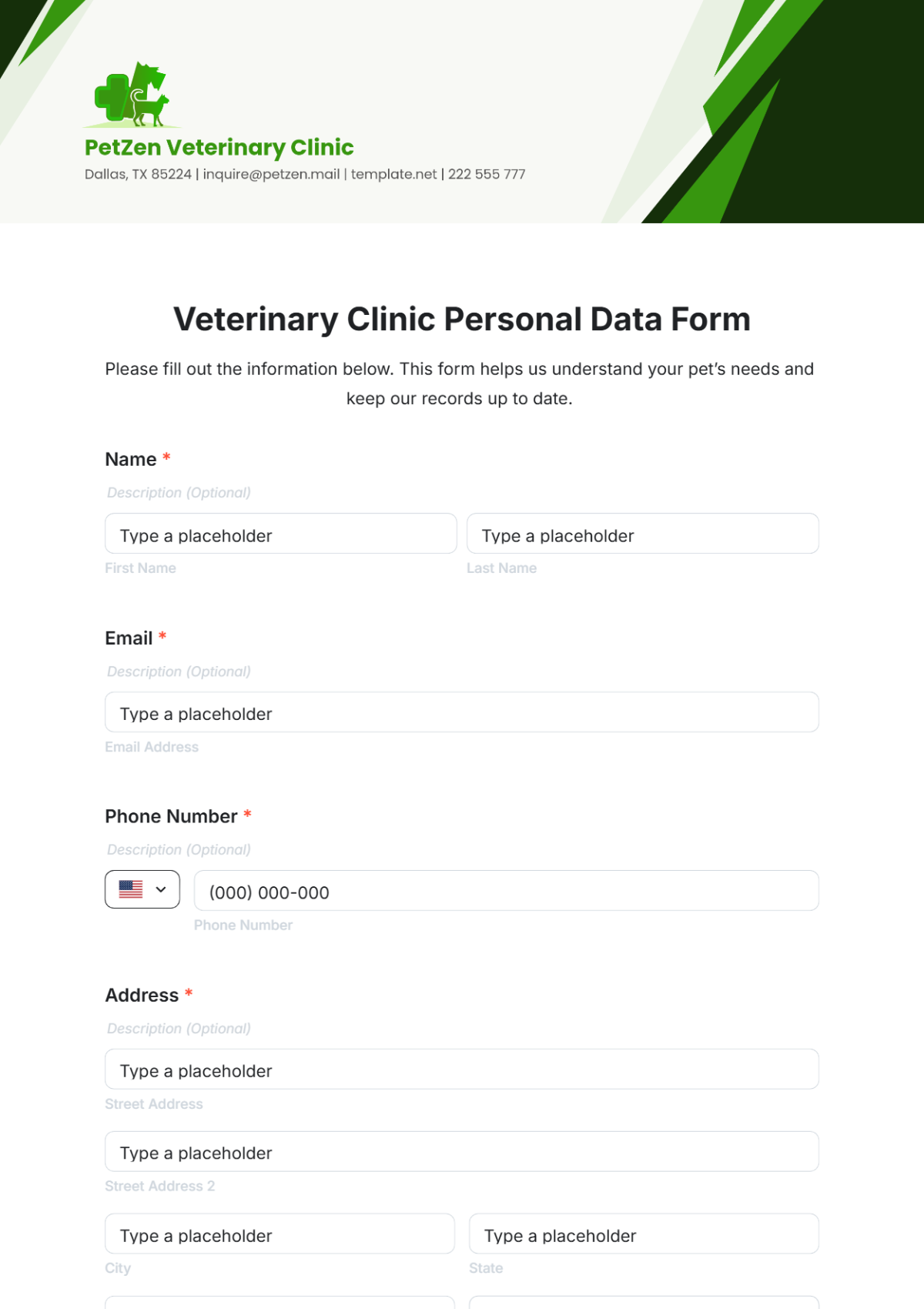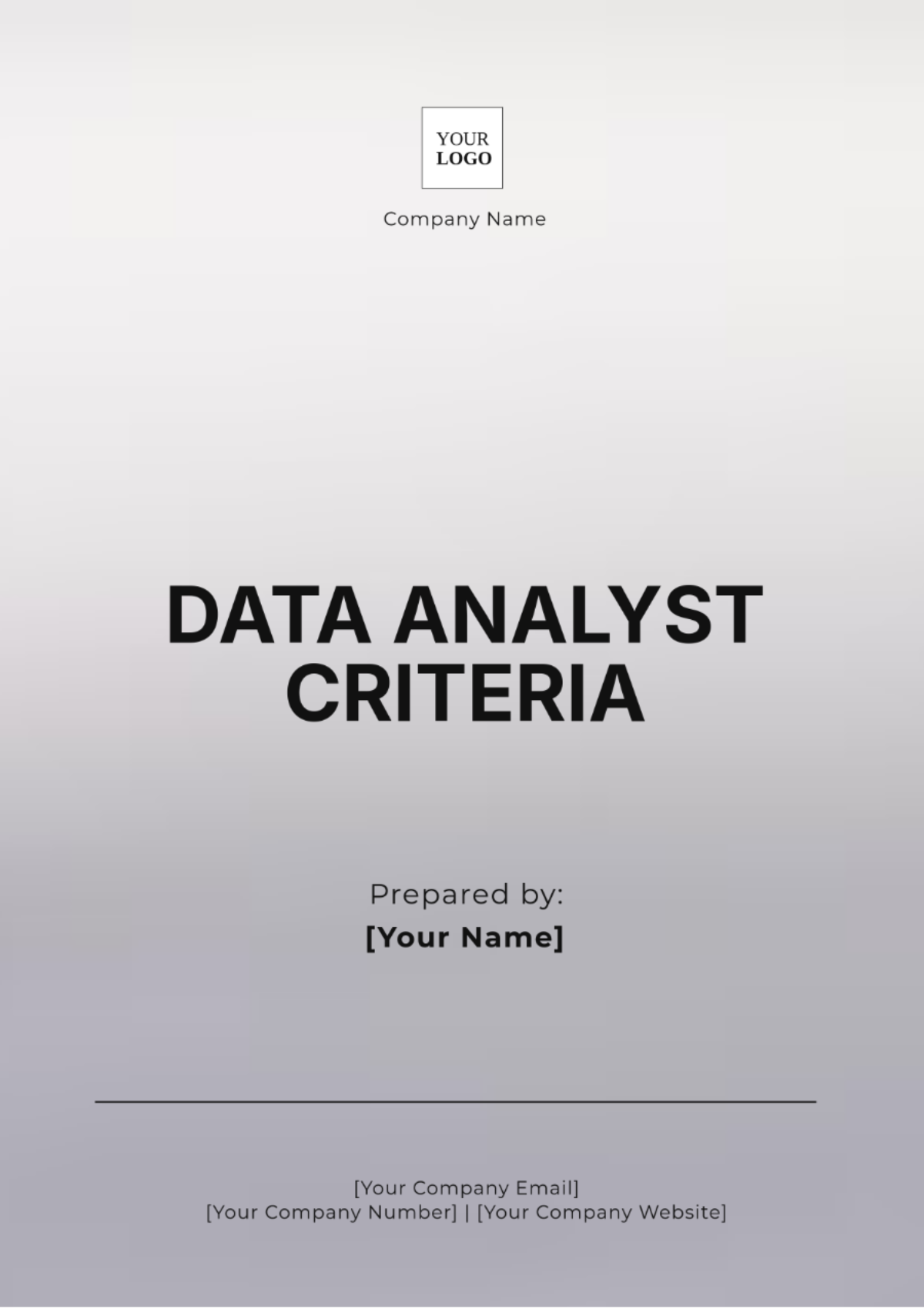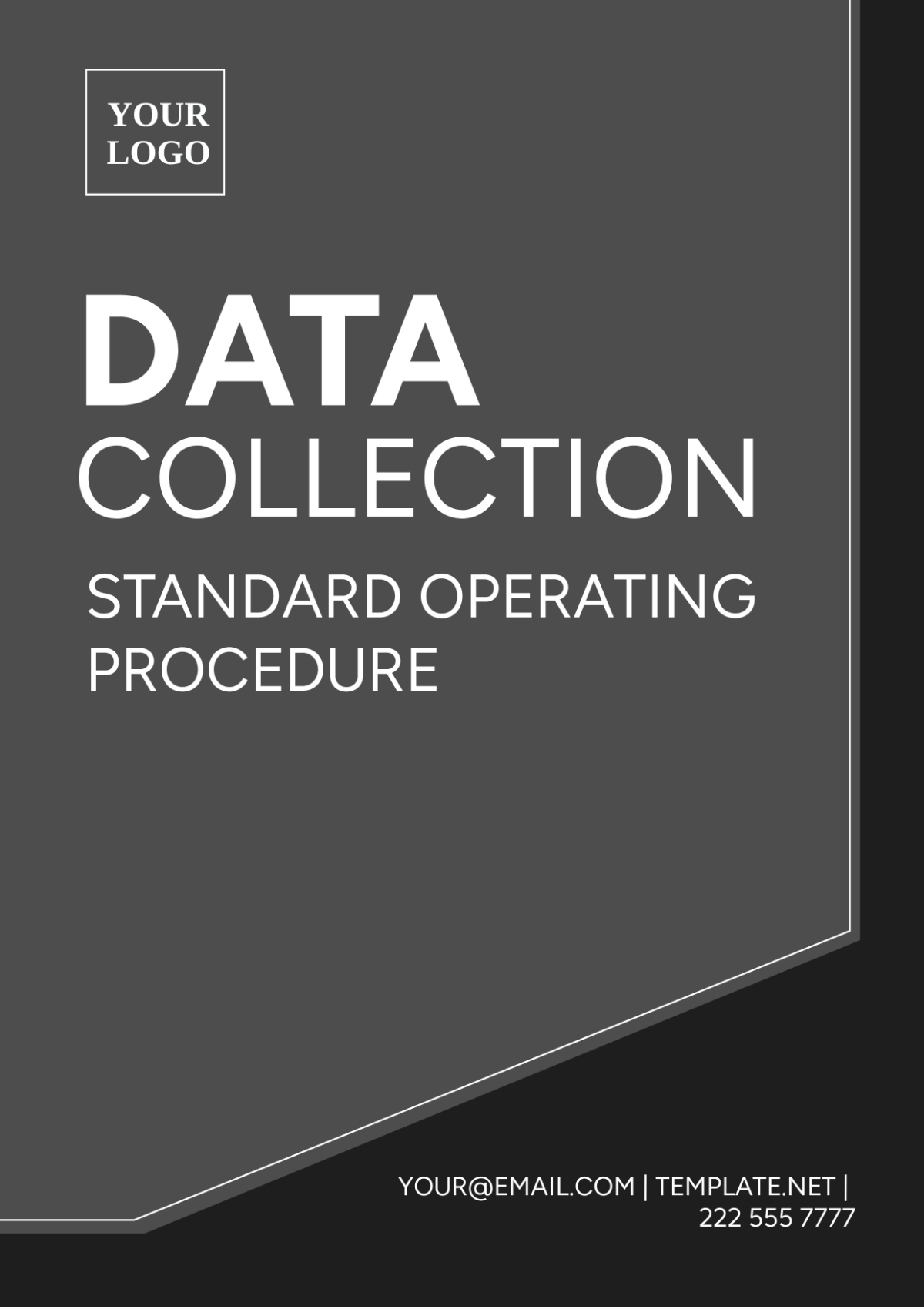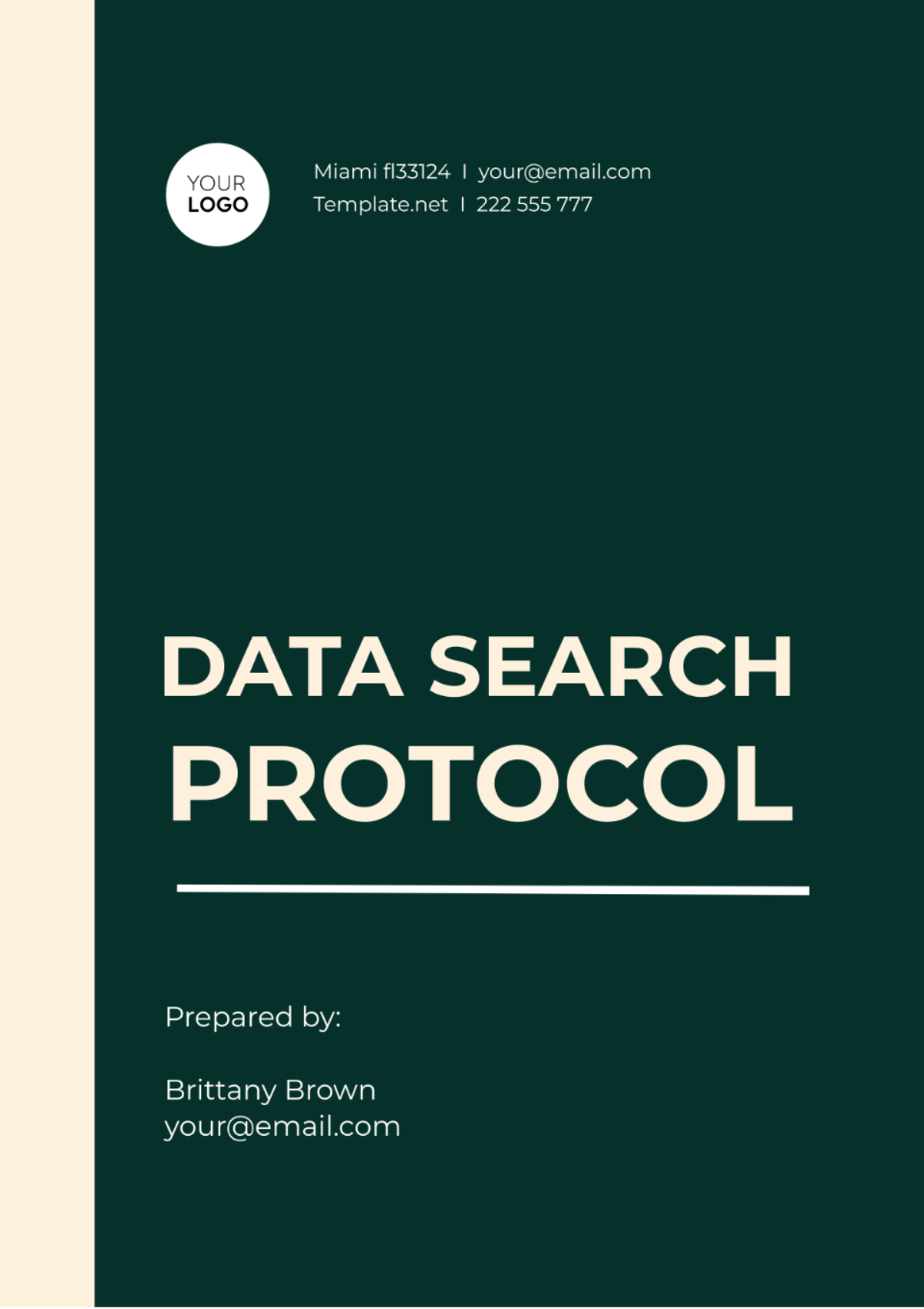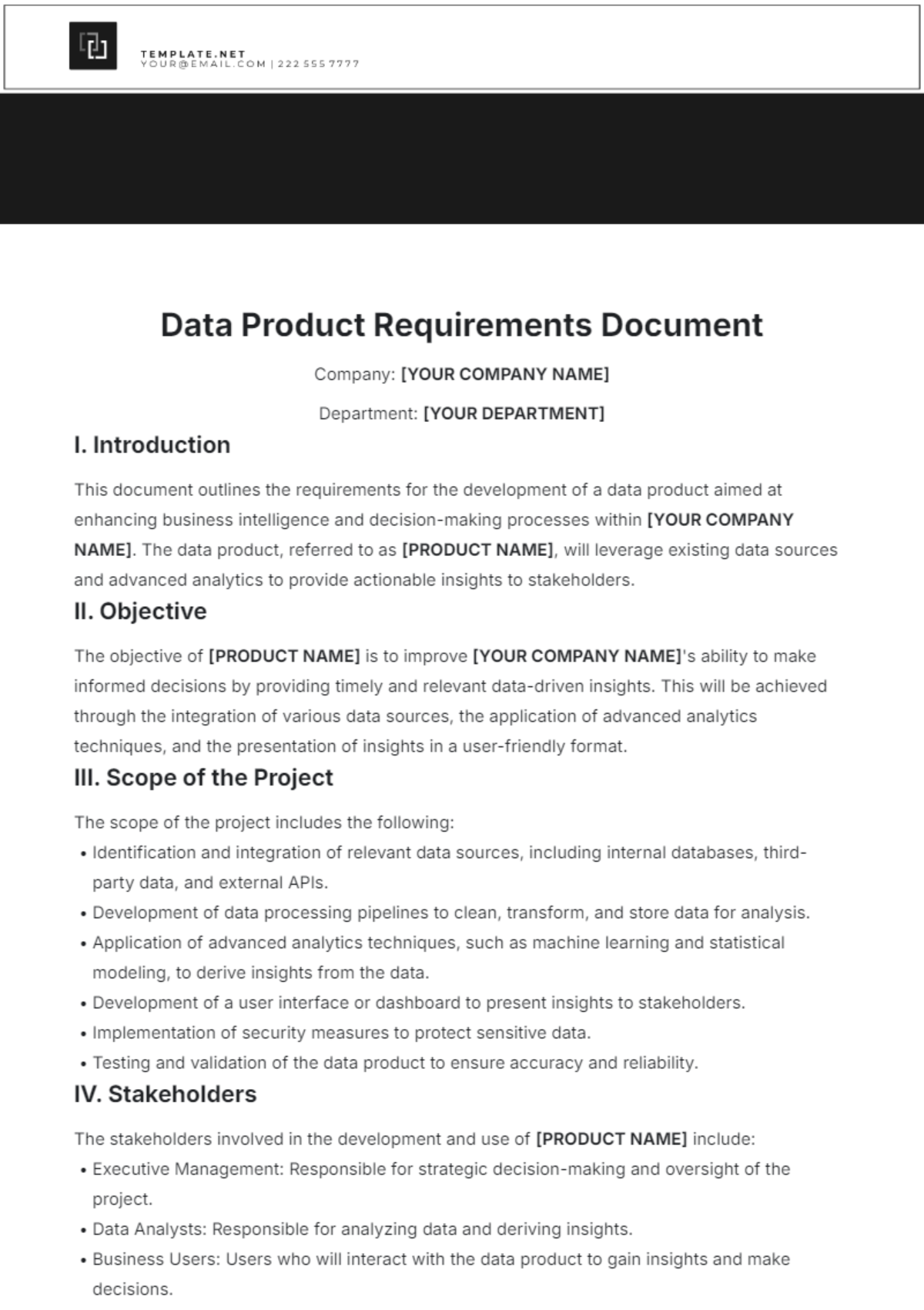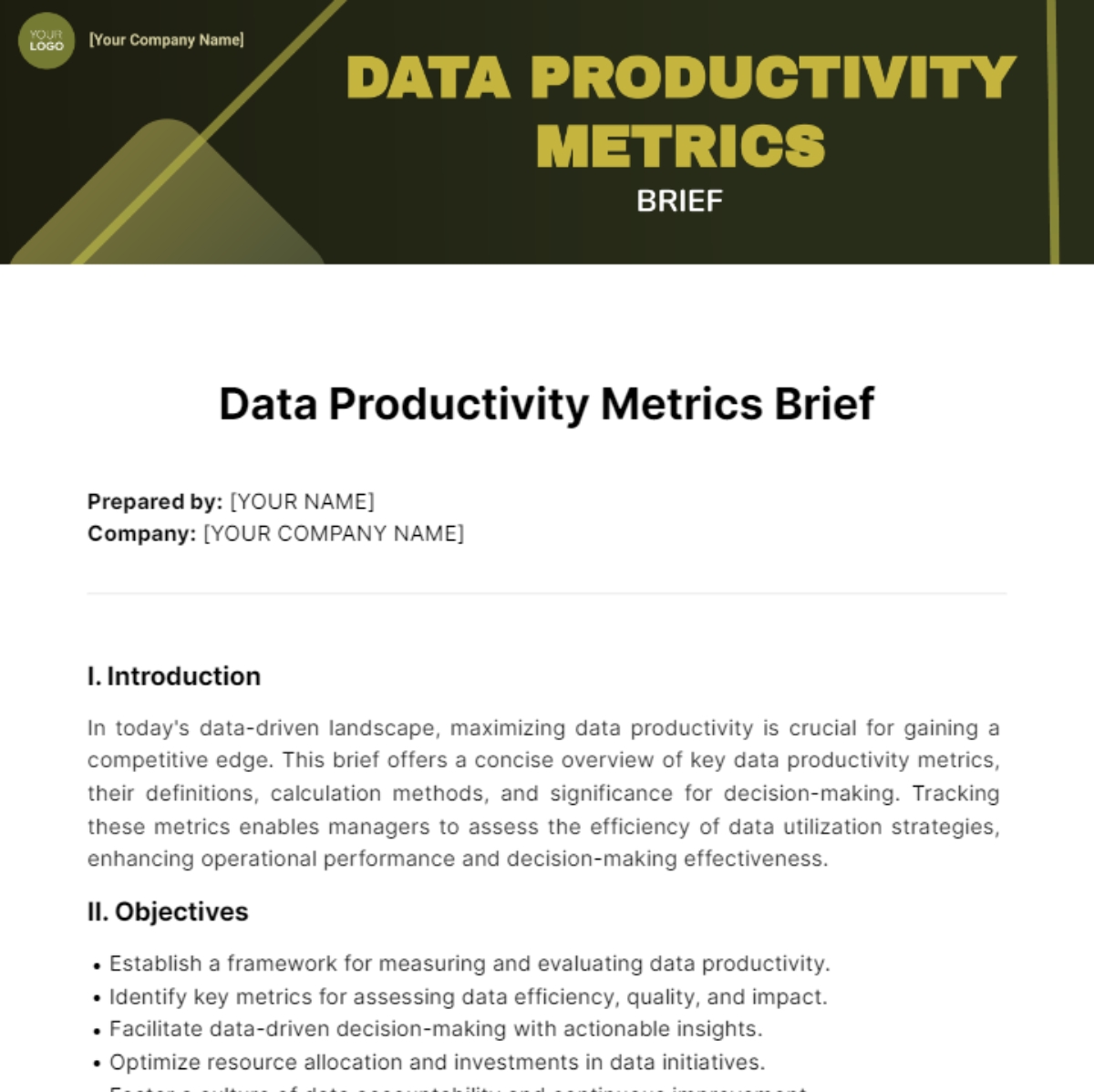DATA THEME IDENTIFICATION
Prepared By: [Your Name]
Date: [Date]
I. Introduction
Data theme identification is a crucial process in data analysis and data science, as it helps in organizing and understanding large volumes of data by identifying the underlying patterns and themes. This document provides an extensive analysis of different aspects of data theme identification, focusing on techniques, applications, challenges, and case studies.
II. Techniques for Data Theme Identification
1. Qualitative Techniques
Qualitative techniques often involve the manual or semi-automated coding of textual data to identify themes and patterns.
Content Analysis
Thematic Analysis
Grounded Theory
2. Quantitative Techniques
Quantitative techniques use statistical and computational methods to identify themes and patterns in data.
Cluster Analysis
Principal Component Analysis (PCA)
Latent Dirichlet Allocation (LDA)
III. Applications of Data Theme Identification
1. Market Research
Data theme identification can be used in market research to understand consumer behavior, preferences, and trends.
Customer Feedback Analysis
Social Media Sentiment Analysis
Product Feature Analysis
2. Healthcare
In healthcare, data theme identification helps in understanding patient feedback, medical research trends, and disease outbreak patterns.
Patient Reviews and Feedback
Research Paper Analysis
Epidemiology Studies
3. Education
Educational institutions utilize data theme identification to analyze student feedback, academic performance, and curriculum effectiveness.
Course Feedback Surveys
Academic Performance Data
Curriculum Review Reports
IV. Challenges in Data Theme Identification
1. Data Quality
One of the significant challenges in data theme identification is ensuring the quality of the data being analyzed.
Incomplete Data
Data Inaccuracies
Inconsistent Data Formats
2. Computational Complexity
As data volumes increase, the computational resources required to perform theme identification also increase.
High Processing Power
Memory Requirements
Algorithm Optimization
3. Interpretability
Interpreting the results of theme identification can be challenging, especially with complex algorithms that act as 'black boxes.'
Transparency of Algorithms
Understandability of Results
User Expertise
V. Case Studies
1. Case Study in Retail
A retail company utilized data theme identification to analyze customer reviews and found key themes that helped improve their product offerings. The process involved:
Data Collection: Gathering customer reviews from various platforms.
Data cleaning: Removing duplicates and irrelevant data.
Theme Identification: Using both qualitative and quantitative techniques to identify common themes.
Actionable Insights: Implementing changes based on identified themes.
Identified Theme | Customer Feedback | Action Taken |
|---|---|---|
Product Quality | Customers frequently mentioned issues with product durability. | Improved material quality and increased testing. |
Customer Service | Many reviews highlighted poor customer service experiences. | Conducted staff training and enhanced support systems. |
Pricing | Some customers felt the prices were too high for their value. | Introduced competitive pricing strategies and discounts. |
2. Case Study in Healthcare
A hospital used data theme identification to analyze patient feedback forms and improve patient satisfaction.
Data Source: Patient feedback forms collected over the past year.
Data Processing: Cleaning and normalizing data entries.
Theme Identification: Applying thematic analysis to identify common patient concerns.
Implementation: Making changes based on feedback to improve patient care.
Theme | Feedback Summary | Implemented Changes |
|---|---|---|
Wait Times | Patients complained about long wait times in the ER. | Optimized scheduling and staffing to reduce wait times. |
Communication | Patients often felt inadequately informed about their treatment plans. | Improved communication protocols and patient education. |
Facility Cleanliness | Concerns were raised about the cleanliness of the hospital facilities. | Implemented stricter cleaning schedules and checks. |
VI. Conclusion
Data theme identification is a powerful tool for analyzing and interpreting large datasets, uncovering hidden patterns, and supporting decisions in fields like market research, healthcare, and education. Despite challenges like data quality and complexity, its benefits are significant, and future technological advancements will further enhance its capabilities.
